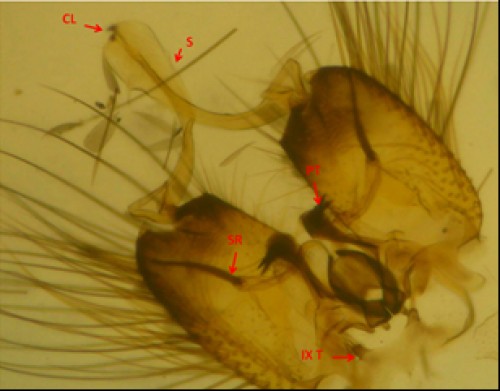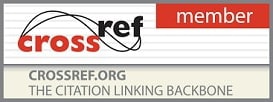Vol. 1, Issue 4, Part A (2014)
Utility of male mosquito hypopygium in species identification
Author(s): Kavita Yadav, PK Sarkar and Vijay Veer
Abstract: Hypopygium is modified ninth abdominal segment present in the majority of insect groups. The male hypopygial structure of the mosquito genera could afford excellent mean of specific identification and might have immense importance in the classification. In the present study male mosquito specimens representing seven different genera namely, Anopheles, Stegomyia, Culex, Mansonia, Hulecoeteomyia, Armigeres and Coquillettidia were collected from field using CDC miniature light traps and hand collection using aspirators and flash torch. Male mosquitoes were separated, identified based on morphological characters, dissected and examined to record the variability in shape and size of hypopygium among the genera for further confirmation. Based on the difference in the characters of hypopygial structure the collected specimens were identified as Anopheles stephensi, Stegomyia aegypti, Stegomyia albopicta, Stegomyia annandalei, Culex malayi, Culex gelidus, Mansonia uniformis, Armigeres subalbatus, Hulecoeteomyia chrysolineata and Coquillettidia crassipes.
Related Graphics: Click here for more related graphics

Fig.: Coquillettidia crassipes
Pages: 50-54 | 2002 Views 157 Downloads
How to cite this article:
Kavita Yadav, PK Sarkar, Vijay Veer. Utility of male mosquito hypopygium in species identification. Int J Mosq Res 2014;1(4):50-54.







